Philadelphia dress codes sexualize girls and criminalize boys of color.
December 22, 2021
Philadelphia’s schools have dress codes. Whether the school requires a uniform or not, there is a certain criterion that students have to meet to please the staff’s idea of appropriate attire. Within these criteria, most Philadelphia schools use dress code to sexualize girls and criminalize boys of color.
The sexualization of young girls in high school is sadly very normalized. The week of Halloween I was wearing a hoodie with a skirt that reached up to my knees and socks that also reached up to my knees, and I was almost dress-coded for showing “too much”. I am fourteen and precisely what that lecture told me is that I am the problem that is distracting to an adult staff member when that should not be what is being taught in schools. The barely one inch of knee that was shown was deemed as inappropriate to the point where I needed a warning to not wear it again. Was it really for my safety, or was it really to keep on the internalized sexism rooted in school systems?
In 2019 at Masterman High School, senior Lauryn CiardulloIt recalled during an advisory one day in, one of the teachers came around with a ruler and said, “If you are a girl wearing shorts, stand up.” In the summer girls can’t even wear shorts or tank tops because it is not allowed because it is inappropriate to be dressed as so when in reality girls are not aiming to look inappropriate but dressed as appropriate for the weather. Young girls from ages 13 to 18 in high school are being told that what they are wearing is inappropriate not because of what is being worn, but because of the perception of what reaction it could possibly get out of other male students.
According to The FLC student handbook, “At FLC, “appropriate attire for school” means fully covered from the neck to the tops of the knees.” Then later on the school website listed below the category “bottoms” says, “No leggings.” Leggings are generally categorized as women’s clothing. The argument that it is too fitted can be debunked because skinny jeans are fitted as well, but they are still allowed. The dress code being applied more to more “women’s” clothing than “mens’” is just one example of the marketization of dress codes on young women.
As sexualization keeps occurring in most Philadelphia schools, students explore the realization that the dress code is rooted in school sexism. Student Amaliya Yunusova, who goes to Central High School in Philadelphia.
“The dress code has been unfair in many ways I’ve observed while attending Central,” Yunusova said. “I have seen girls be reprimanded and punished for having their shoulders out. I view this as an issue because this is teaching women to accommodate men’s inability to control themselves, rather than simply fixing the issue at its core by teaching young boys to be more respectful. I believe that this is indirectly promoting rape culture in America by teaching women that they are the problem when in reality, they are far from it. I have also seen teachers dress code students for wearing traditional, cultural scarves; I found that to be extremely unfair.”
Teaching women that our bodies and our clothes are the problem is reinforcing more sexism and misogyny than safety. Women have always had to live through what a male deems as appropriate, if males would be distracted, if males think that the attire is provocative. Instead of schools trying to keep that sexism rooted, they should be teaching boys what respect is, especially in the newer generations.
In 2017, The Today Show surveyed 17,000 people and found that 94% of teen girls’ parents agreed that dress codes have become too confusing. If even parents see a problem with how the dress code specifically targets girls then school administrators should see it too.
Although girls have more dress codes, the dress code that is put in place for boys is criminalizing boys of color in schools. According to dress code research by Alyssa Pavlakis and Rachel Roegman from the University of Illinois, Urbana-Champaign, “One Black male student thought the rule against hoods was because teachers and administrators were worried that students might “have a weapon in our hoods.” Another male of color, who liked to wear a do-rag to school, said he was always told to “take it off ’cause the cameras can’t recognize me.”
He wondered how a do-rag could prevent security personnel from recognizing him when the head covering “doesn’t even cover nothing but my haircut.” Since schools are now requiring students to wear a mask for protection, not once have I ever heard the excuse that we shouldn’t wear masks because cameras wouldn’t recognize students. But when it comes to Black males wearing a simple hood or wearing a durag that is part of African American culture to protect the hair, it is seen as a threat. The dress codes put in place can be used to boys of color.
Schools using dress codes to criminalize males of color is nothing new. The rooted racism in schools is also still very present. African American culture is sometimes not seen as a culture in schools or not culturally appropriate enough to wear the aspects of the culture. According to the Franklin Learning Center high school student handbook, “Students are not permitted to wear hats and head coverings in the building, except for religious reasons documented by the bona fide leader of the religious sect.” If religious reasons are enough to wear head coverings and hats, why not cultural coverings?
On the other hand, some people may argue that dress codes help prevent sexual harassment and improve safety in schools. However, schools saying that dress codes prevent sexual harassment is teaching young women that we need to change because we are the problem when schools should teach boys to respect women. The allegation that dress codes also support safety in schools is not valid. If safety in schools revolves around what people are wearing and not who is attending the school, there is a problem. Whether it is young women wearing a shirt that shows a shoulder or a young man of color wearing a hoodie, those factors are not the factors that determine whether the school is safe. If schools are aware that students have the capability to sexually harass or make the school unsafe, then those students should be held accountable when it occurs.
A solution to these problems in the School District of Philadelphia is to simply change the dress code. Of course, some dress codes will always be stricter than others, but the reasoning behind a dress code needs to be backed up with something that can not correlate to sexualization of girls or criminalization of boys of color. Instead of Franklin Learning Center’s no shorts or skirts above 2 inches above the knee, it could be changed to mid-thigh since realistically it is hard to find shorts for girls that are knee-length. There are ways to change the dress code for boys as well, like allowing cultural clothing or hair protection. There are solutions to these dress codes if the administration of Philadelphia schools is willing to consider those most affected by these policies: the students.





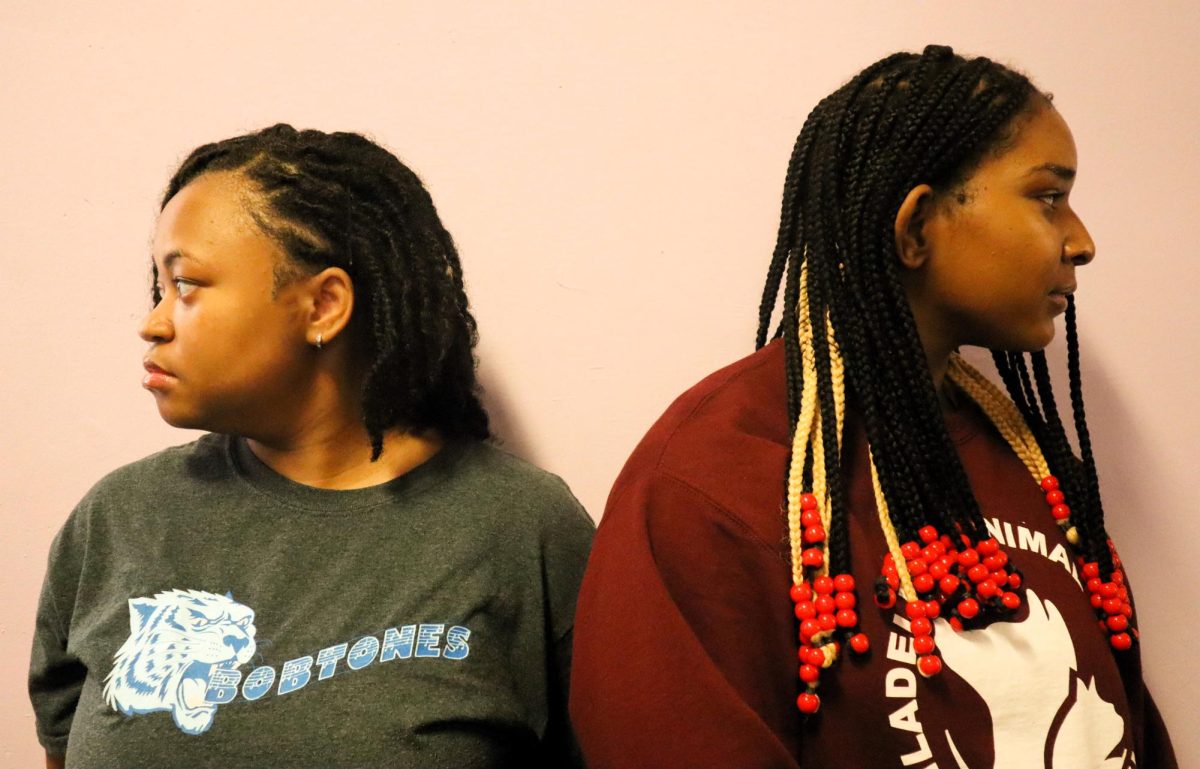
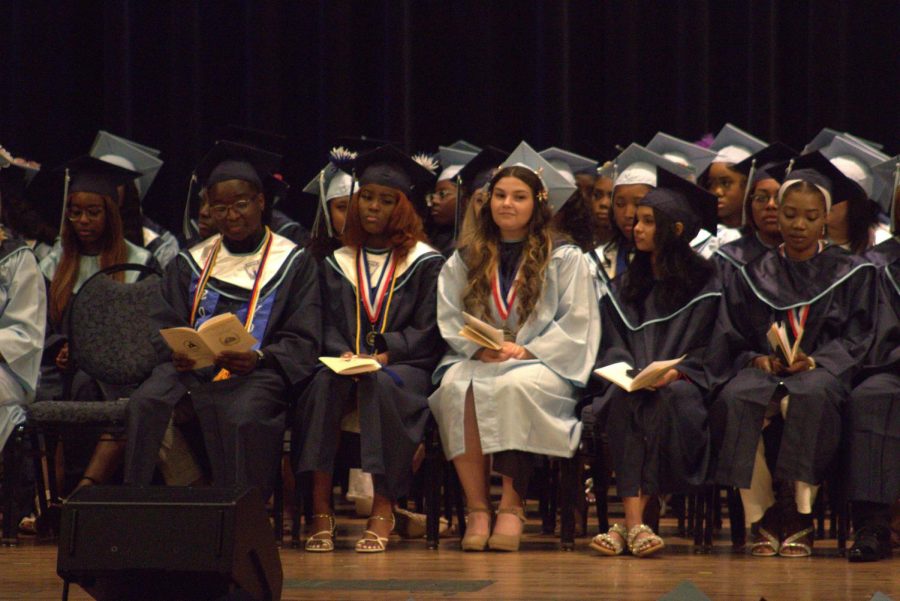
![[VIDEO] FLC 10th grade student awarded $40,000 in a BigFuture Scholarship](https://theflashflc.org/wp-content/uploads/2023/05/Screen-Shot-2023-05-02-at-4.39.10-PM-900x493.png)
![[VIDEO] Mayoral candidates campaign on student issues](https://theflashflc.org/wp-content/uploads/2023/04/IMG_1387-900x506.jpg)
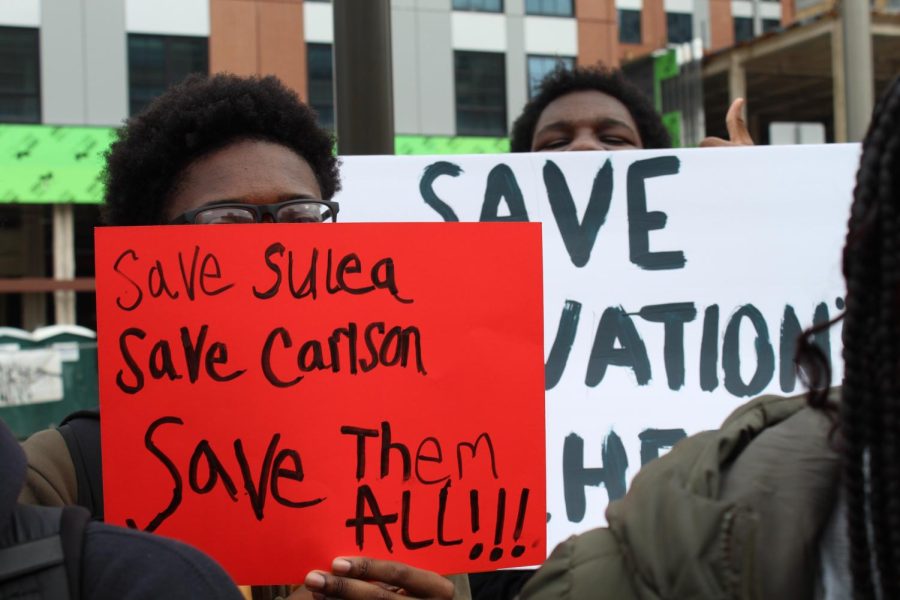

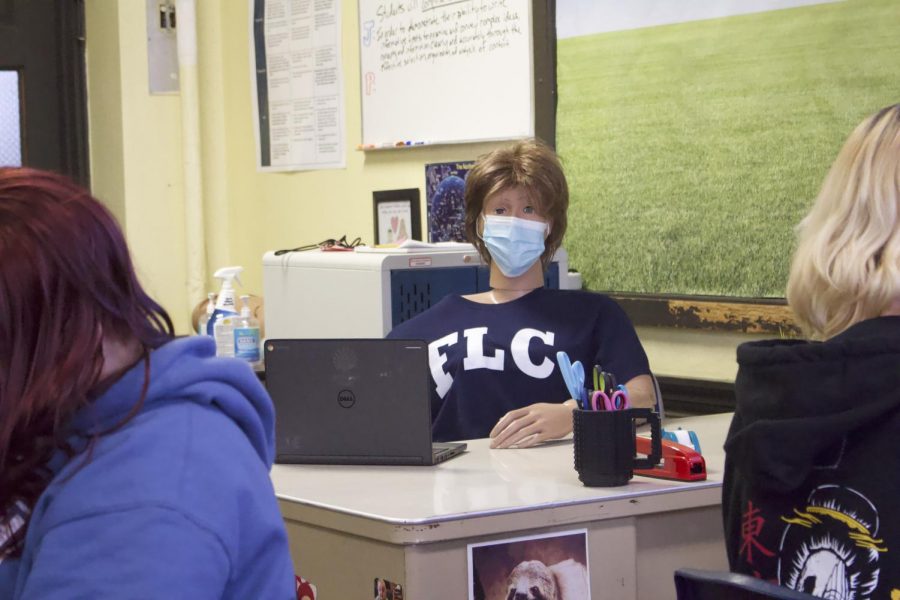
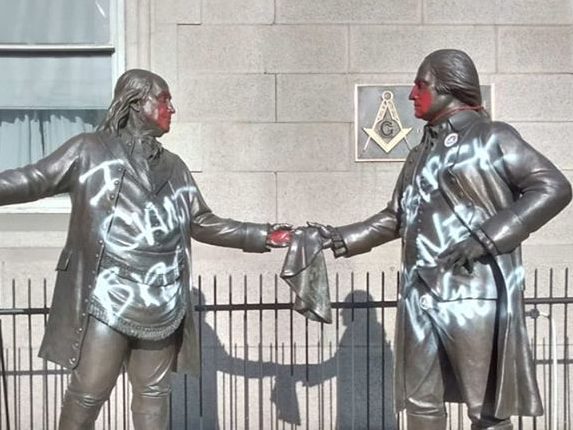
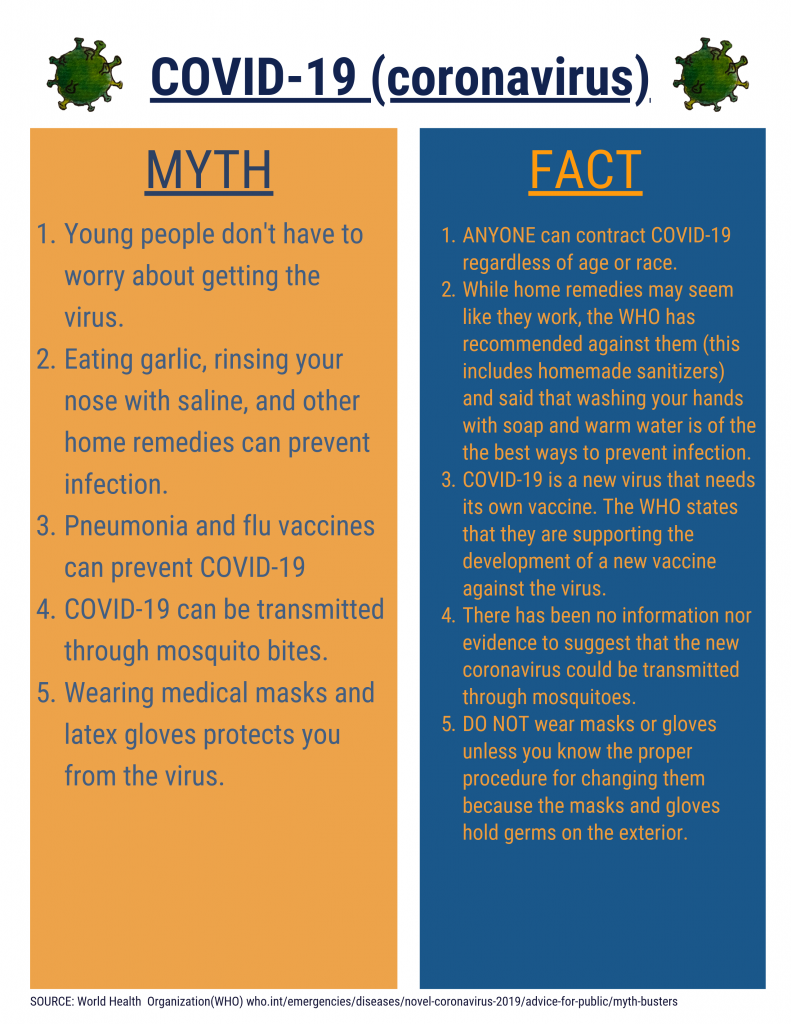

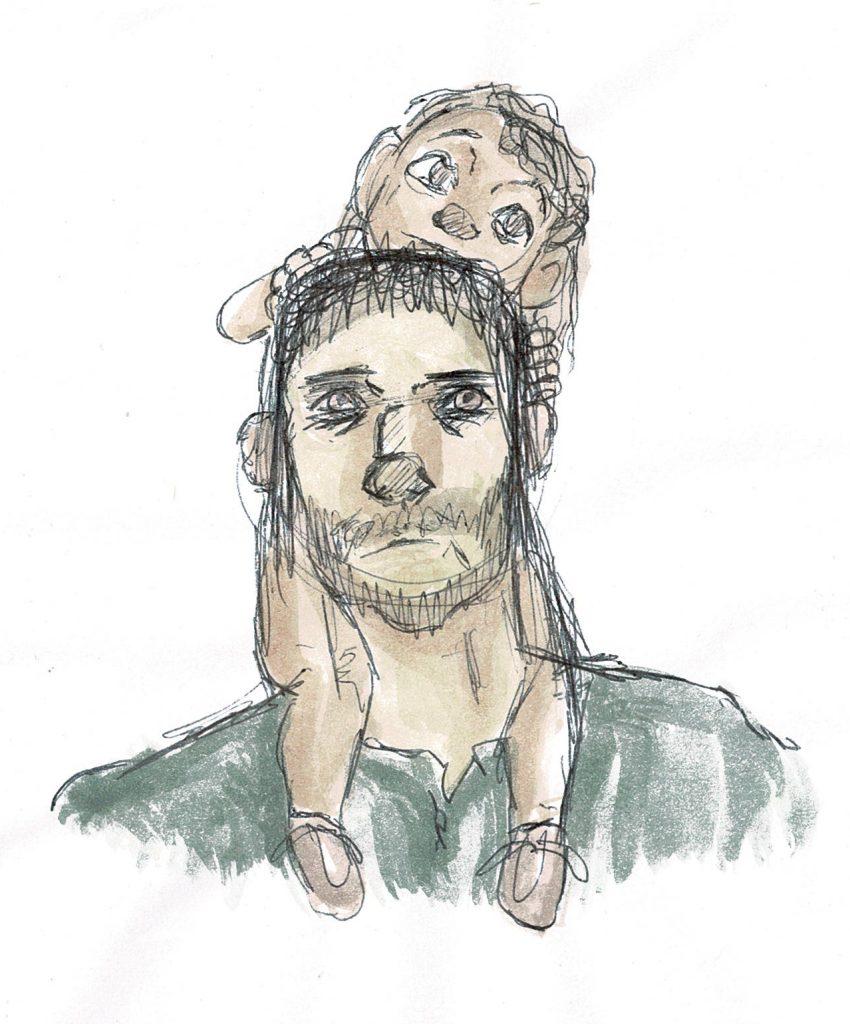


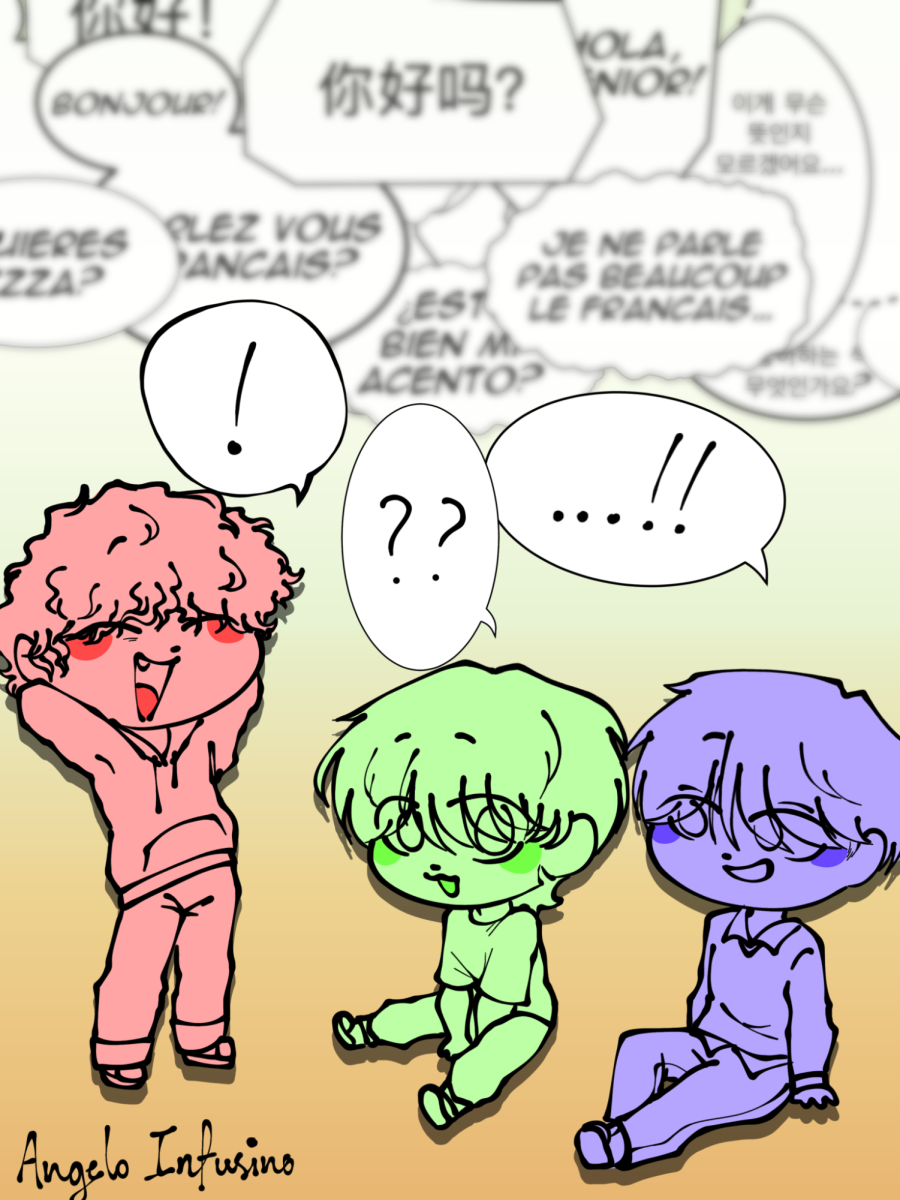
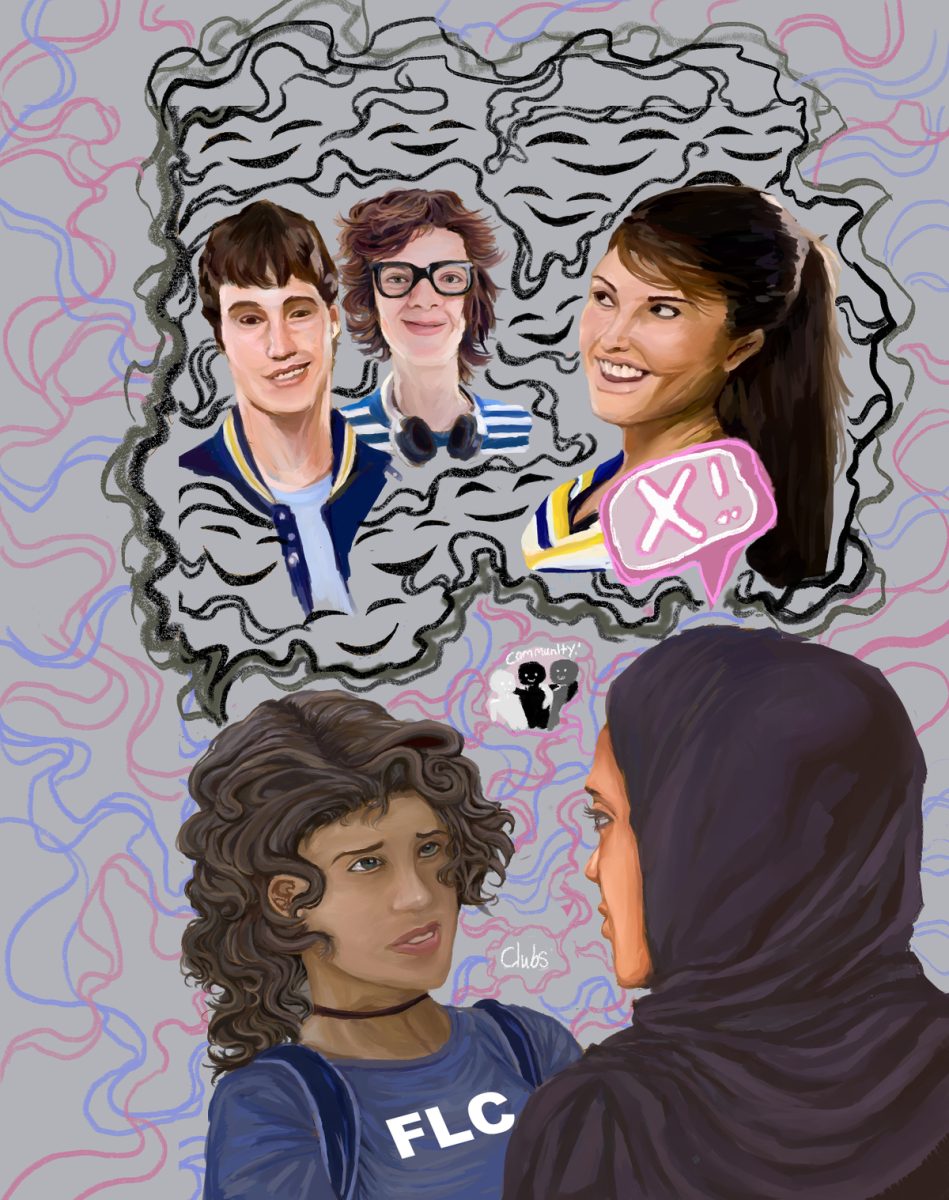
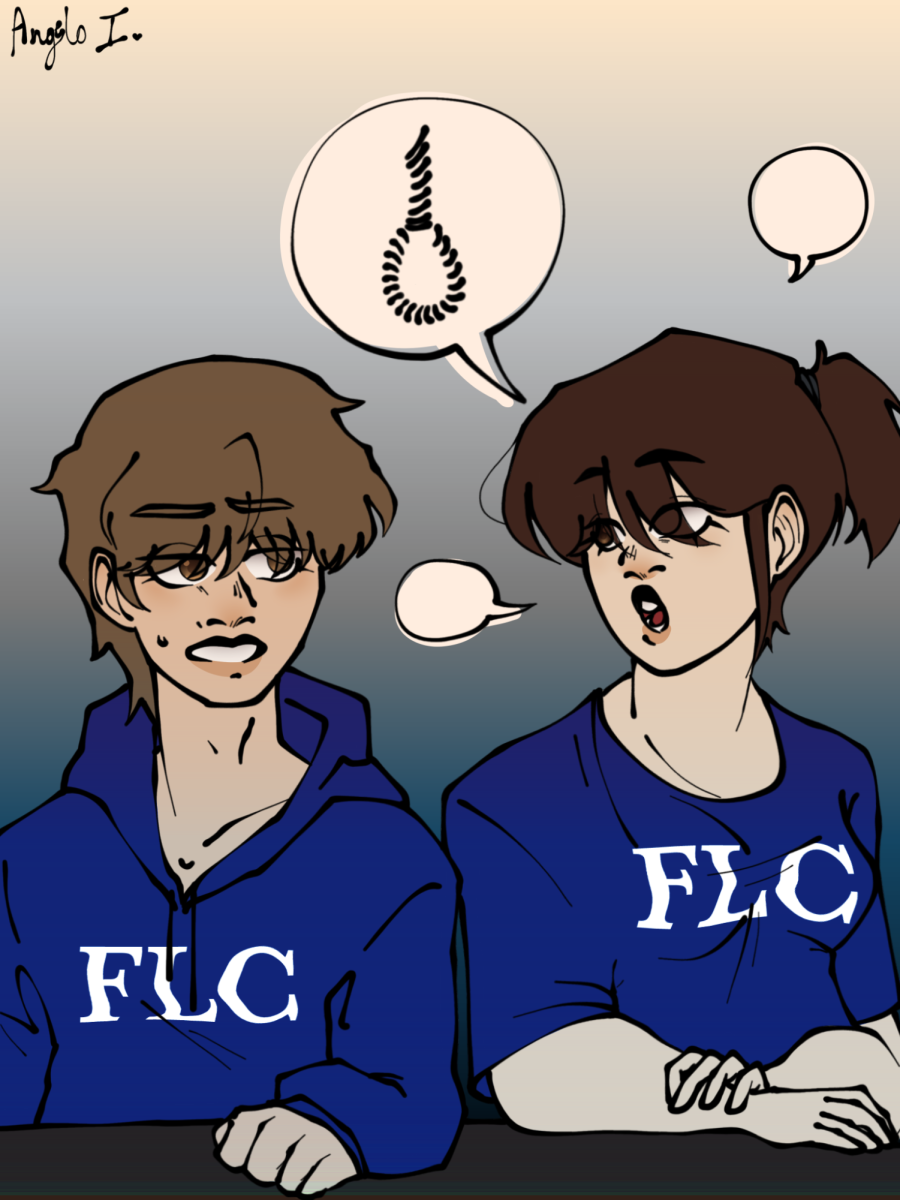

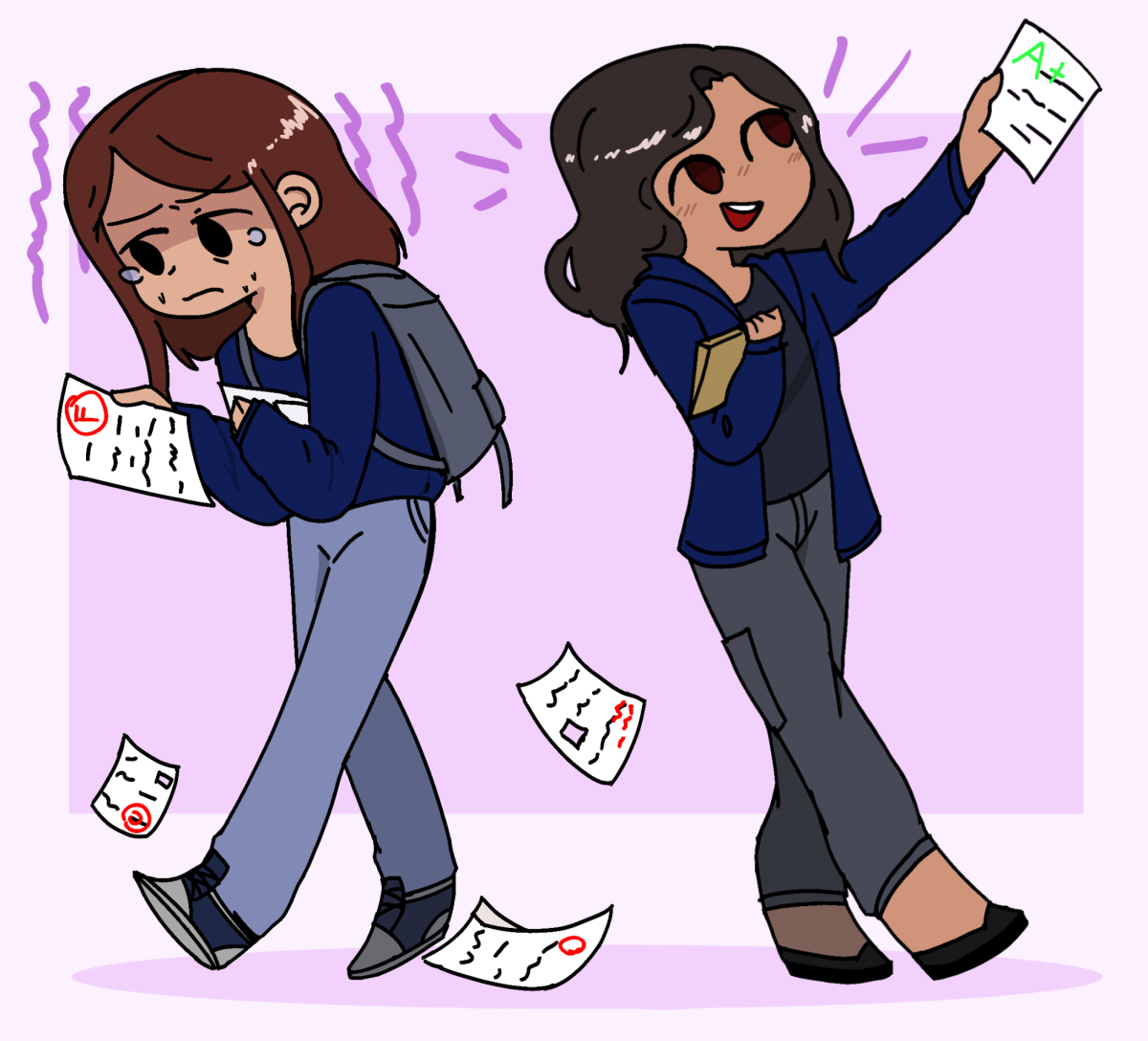
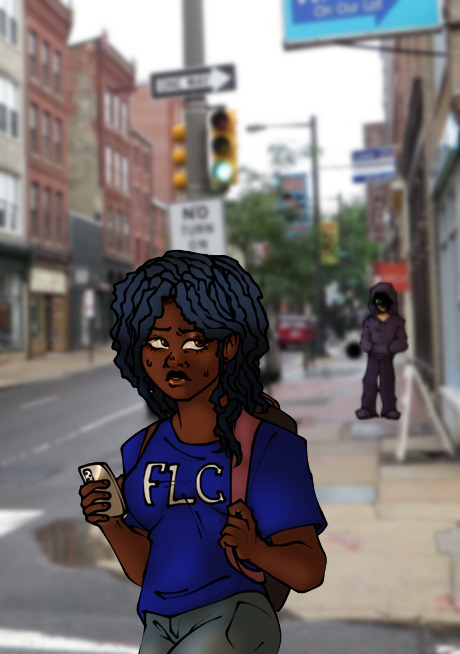
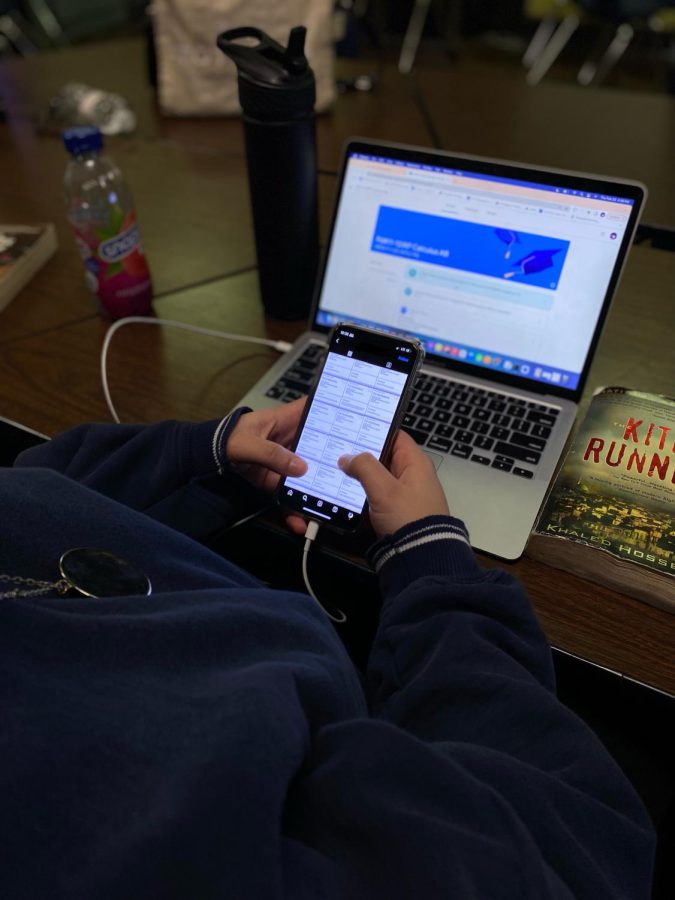
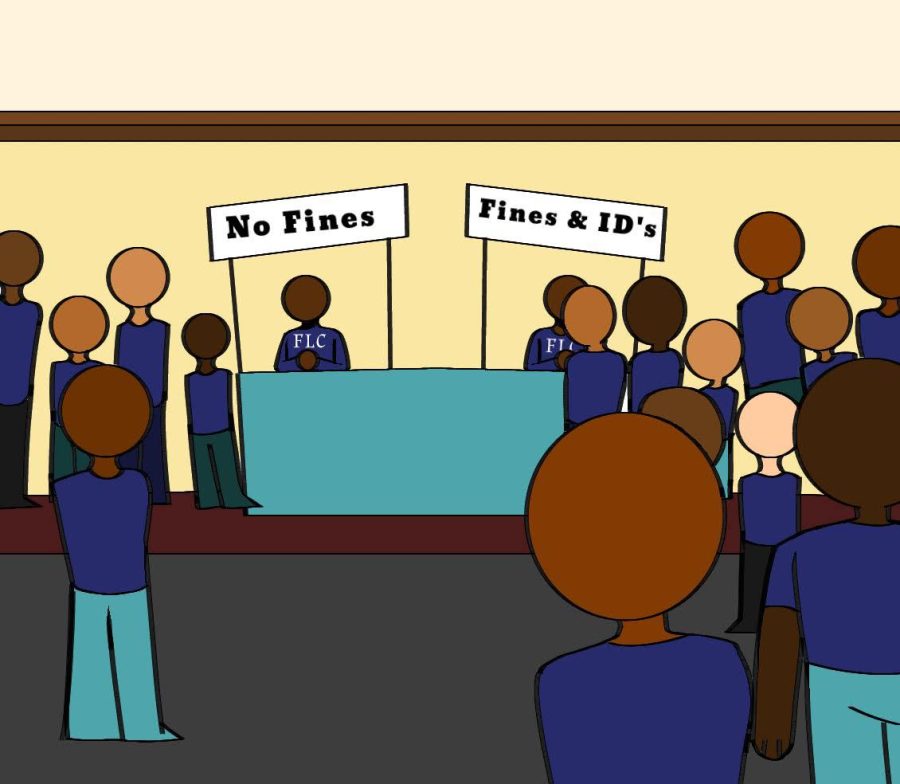
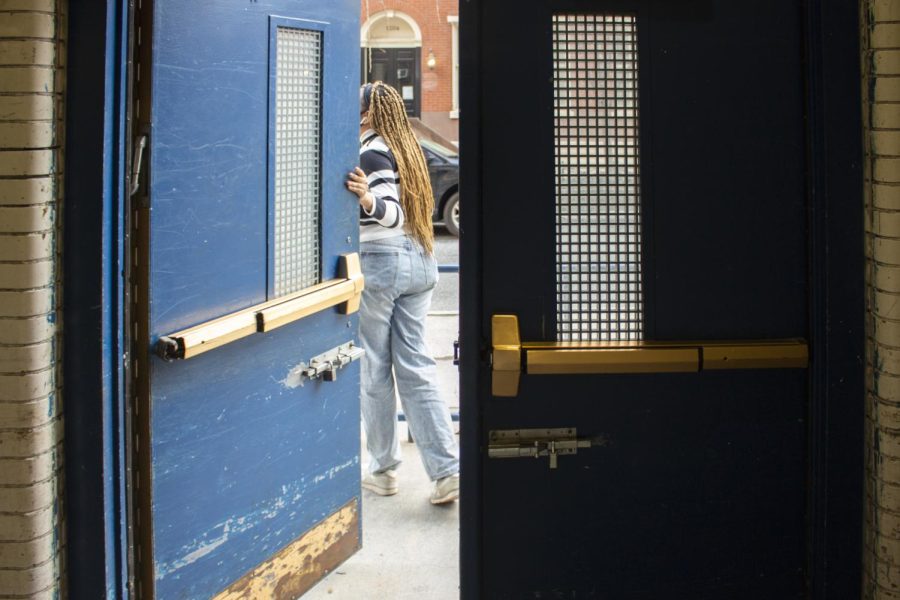
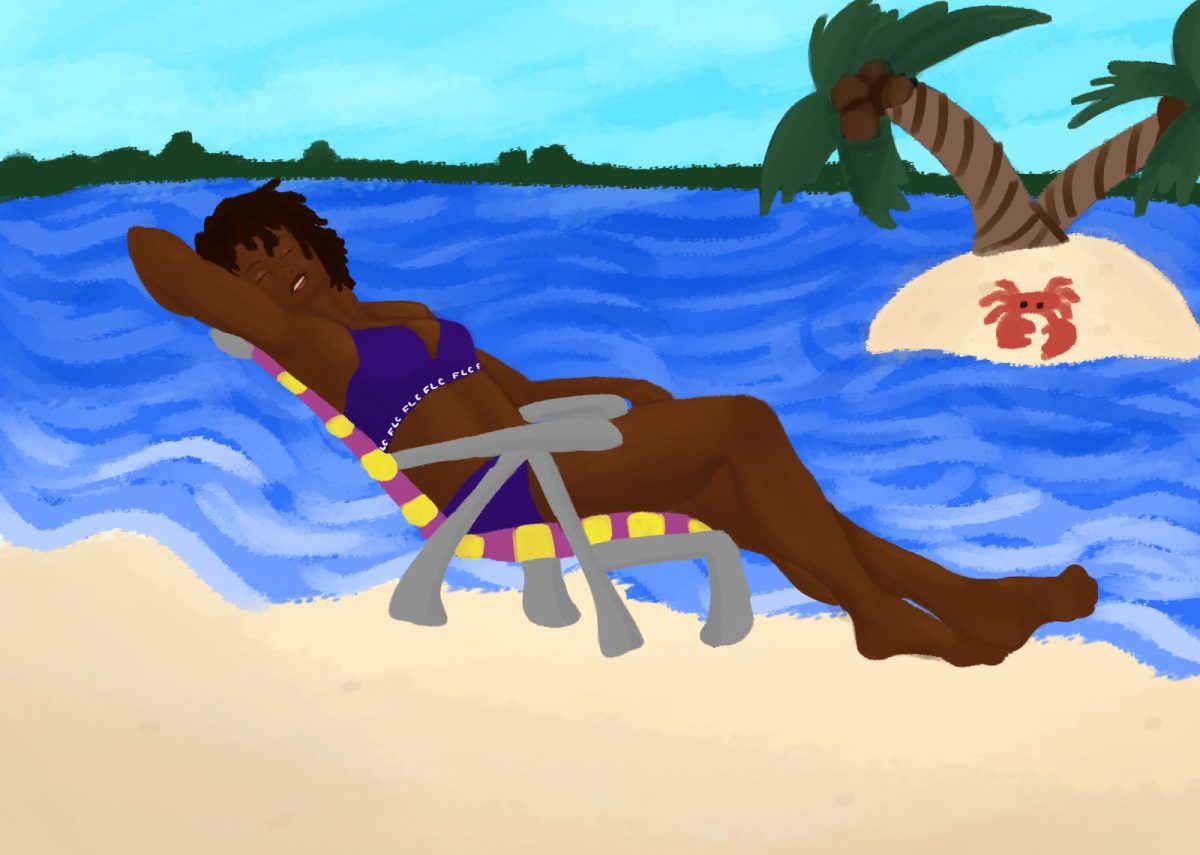
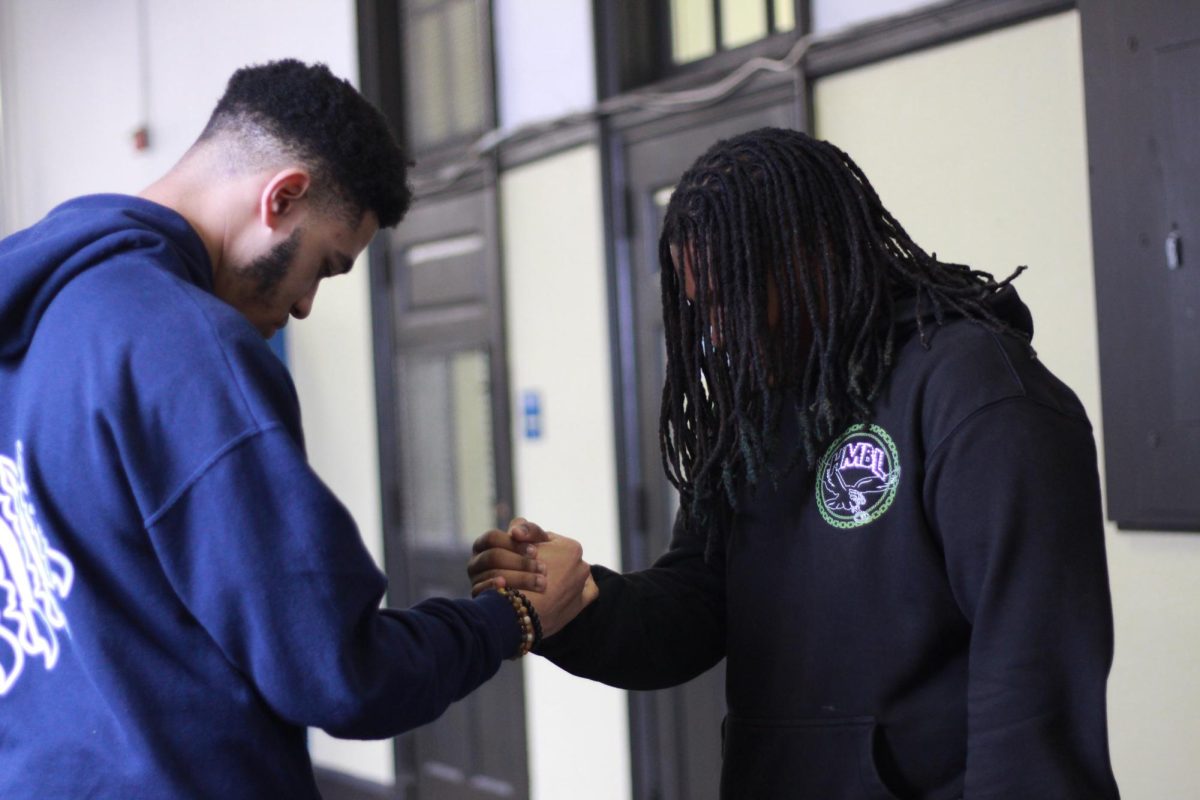

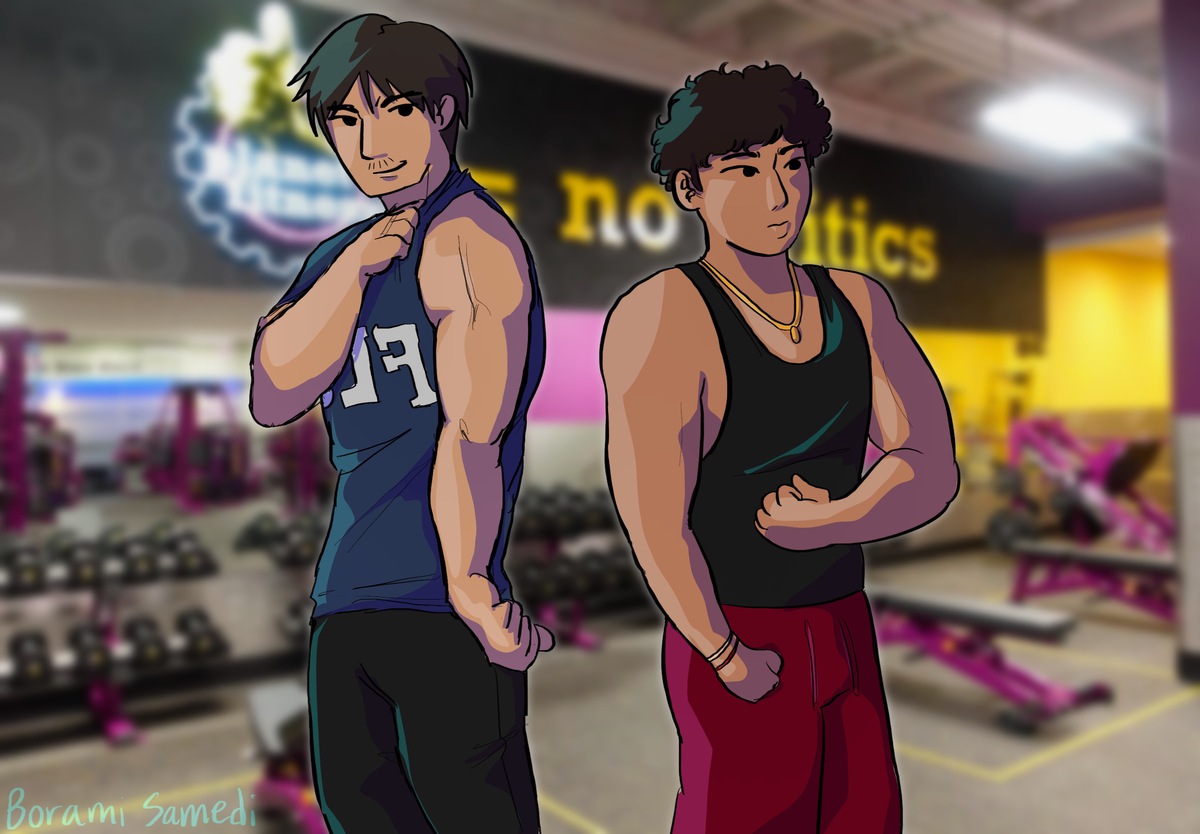


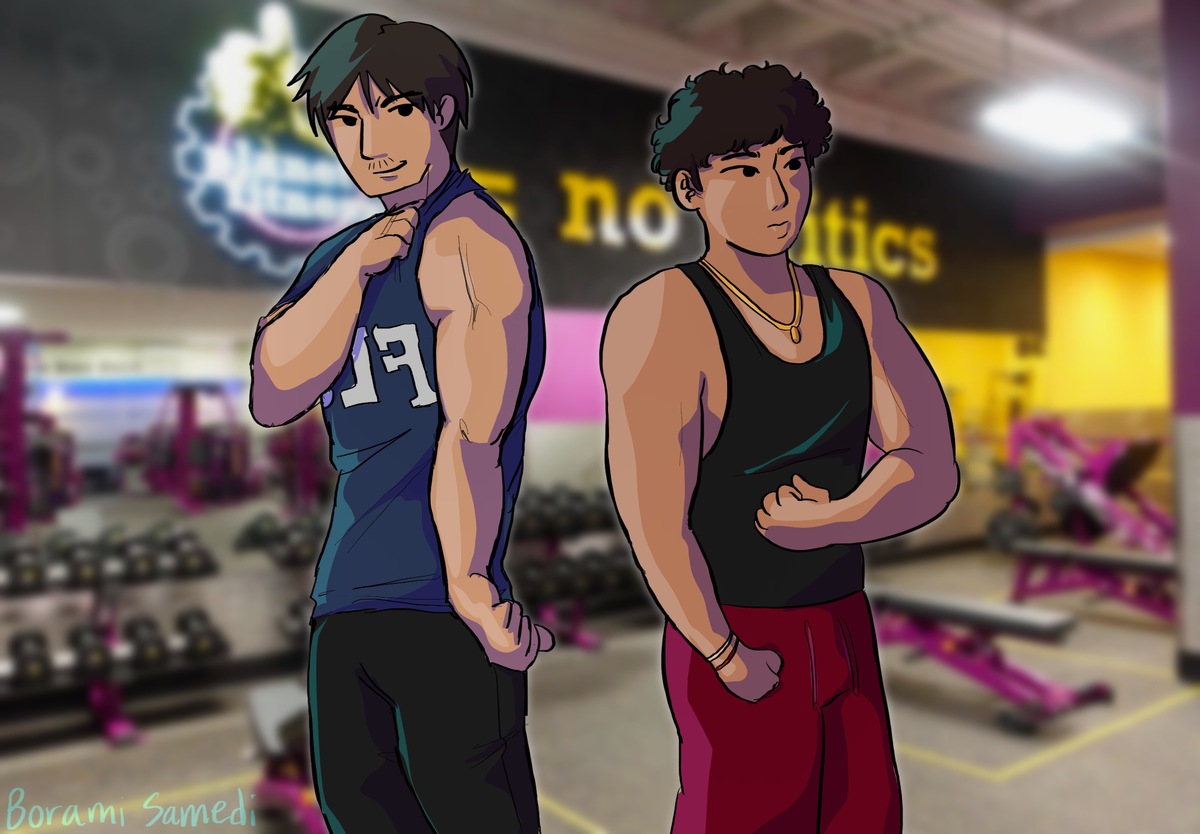

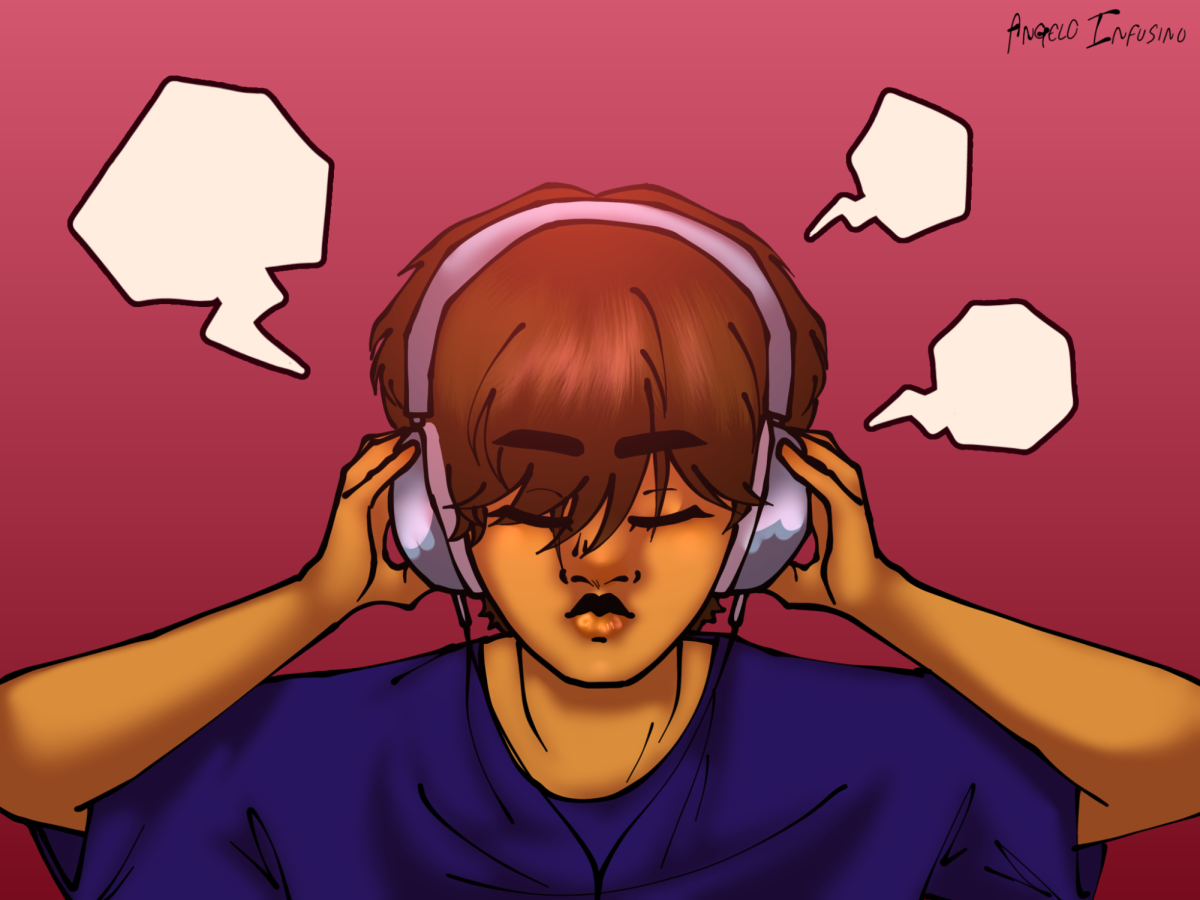


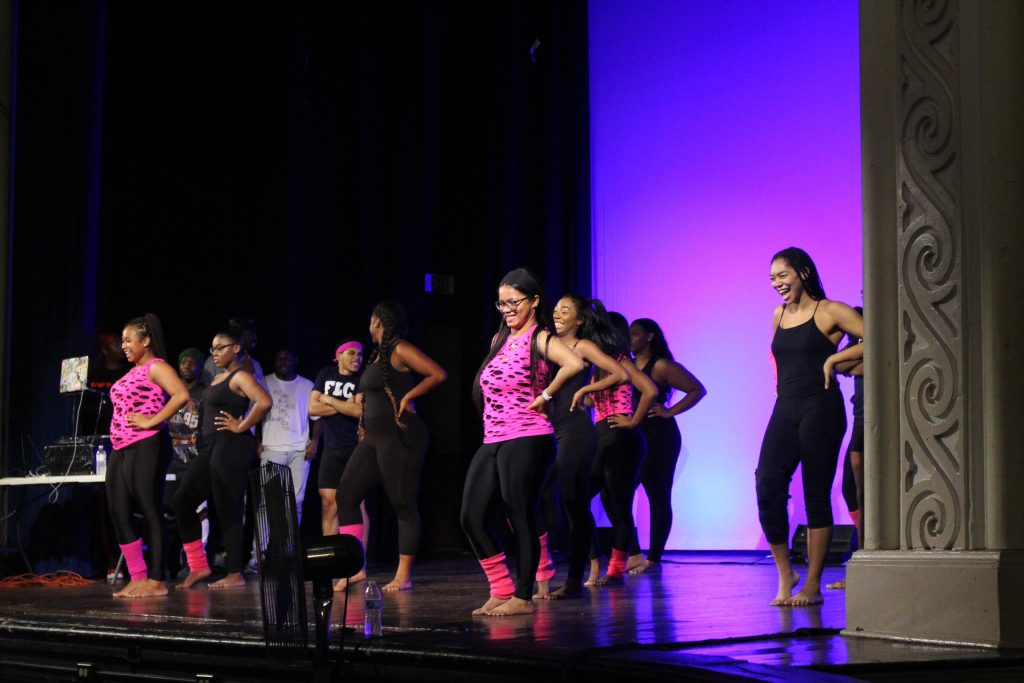
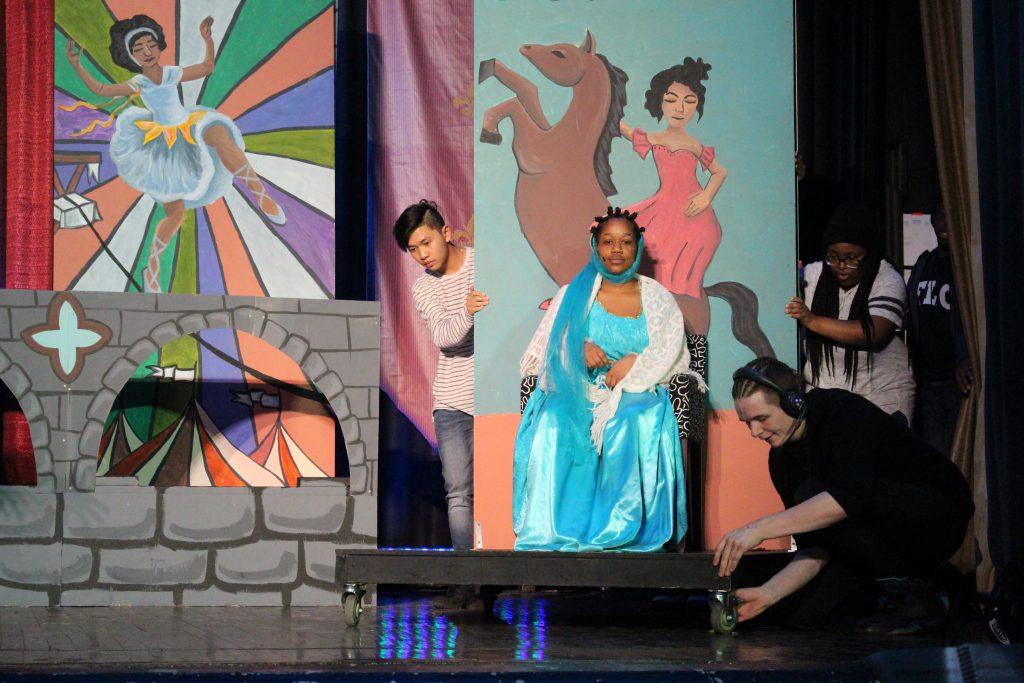


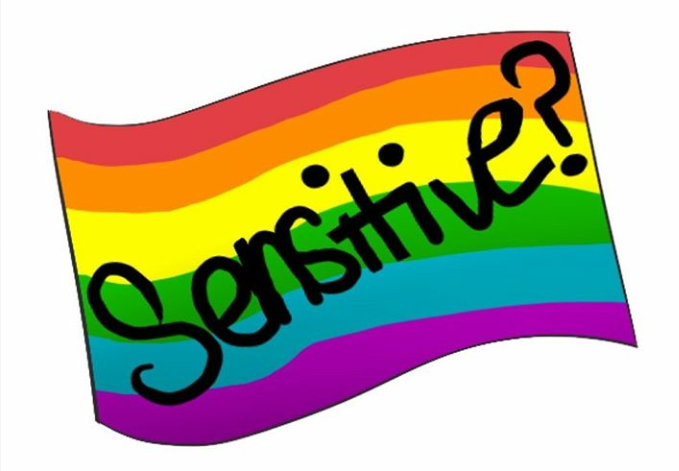



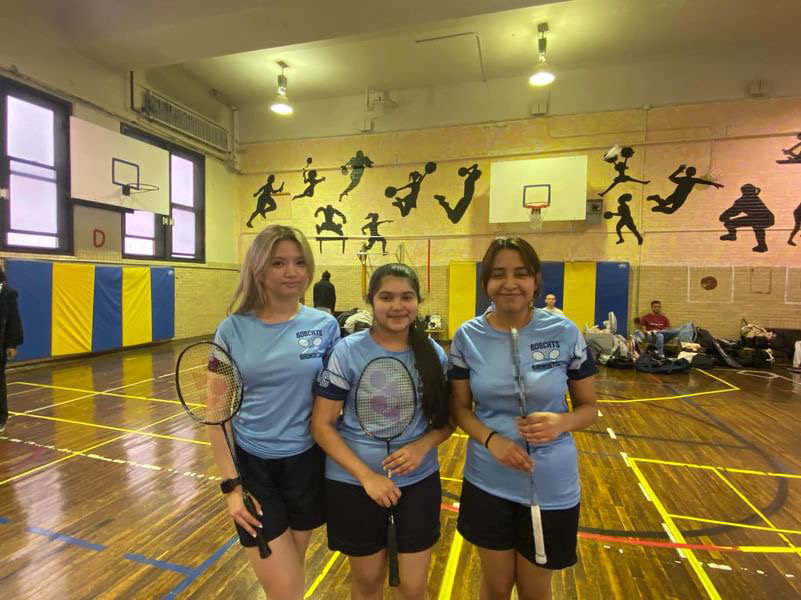

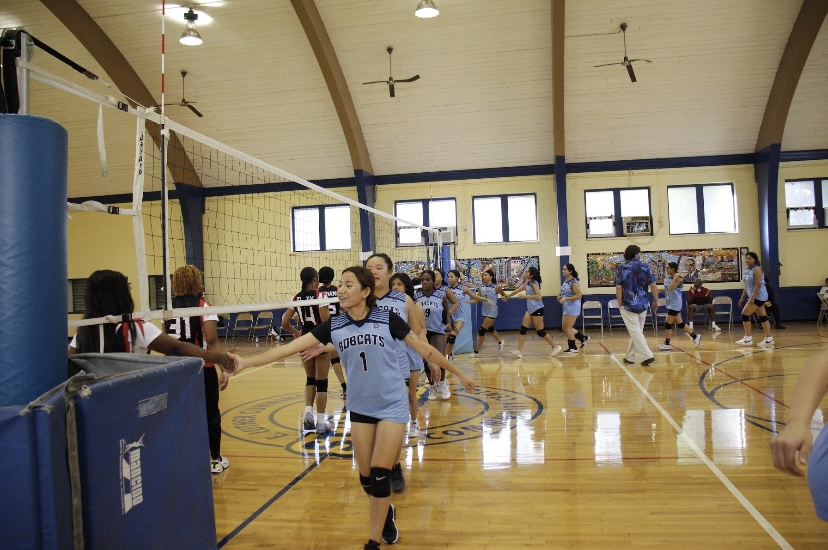
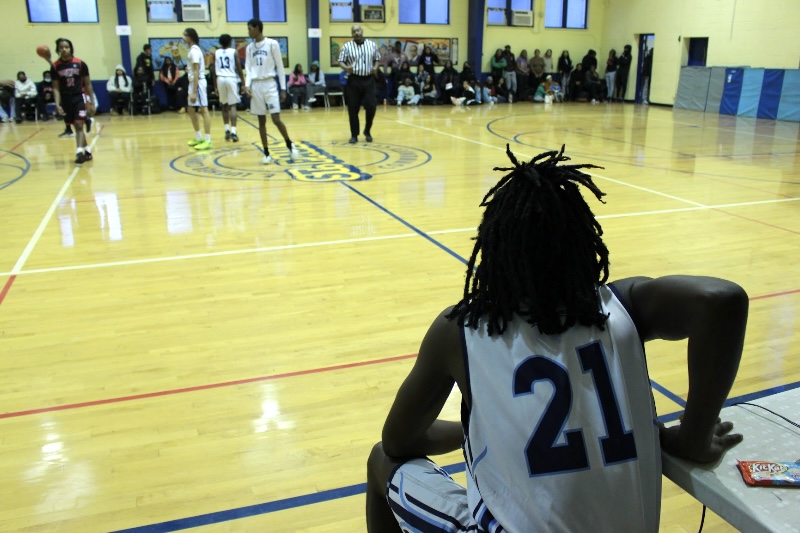

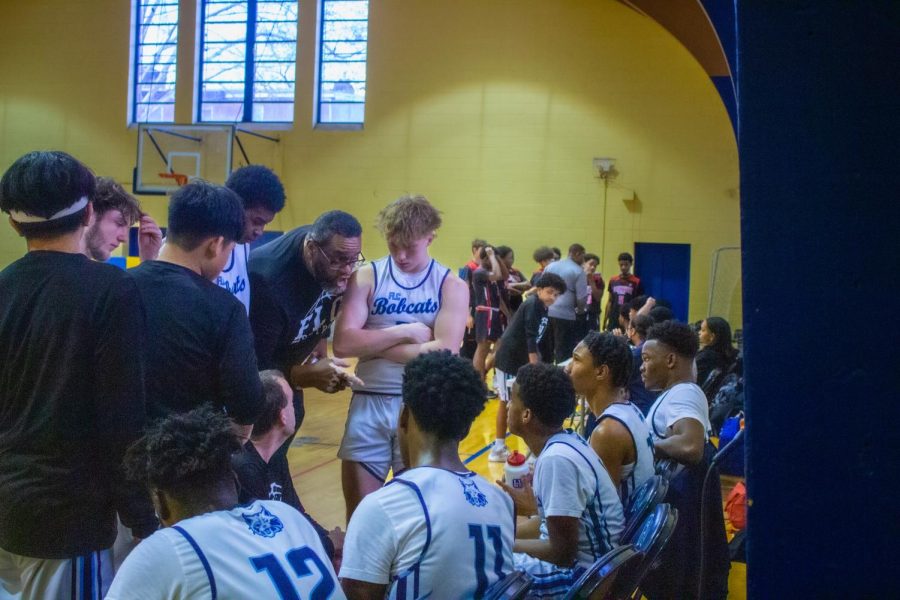
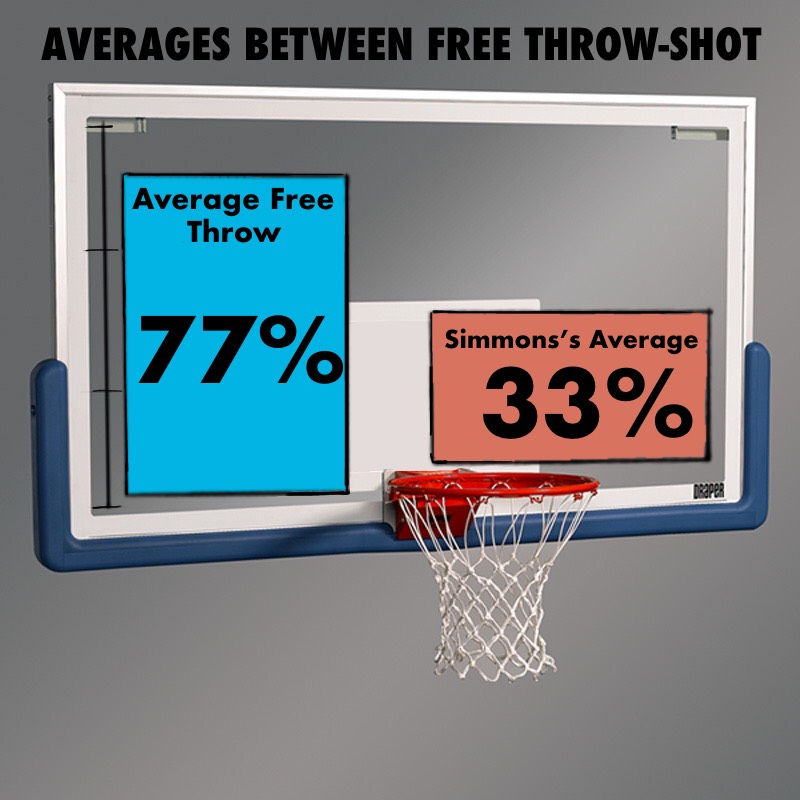
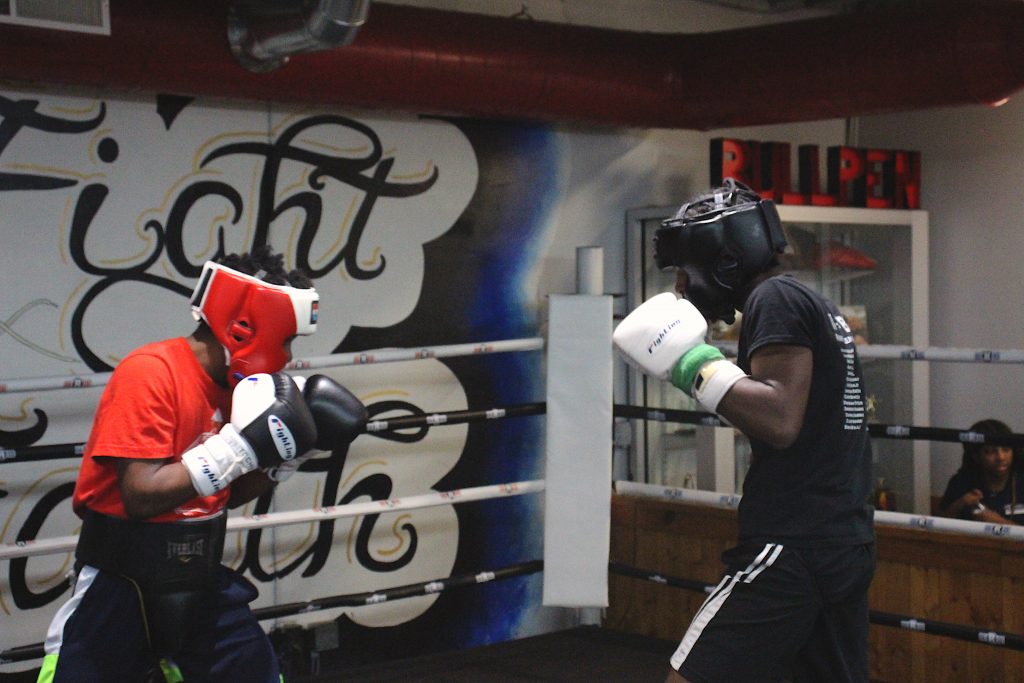
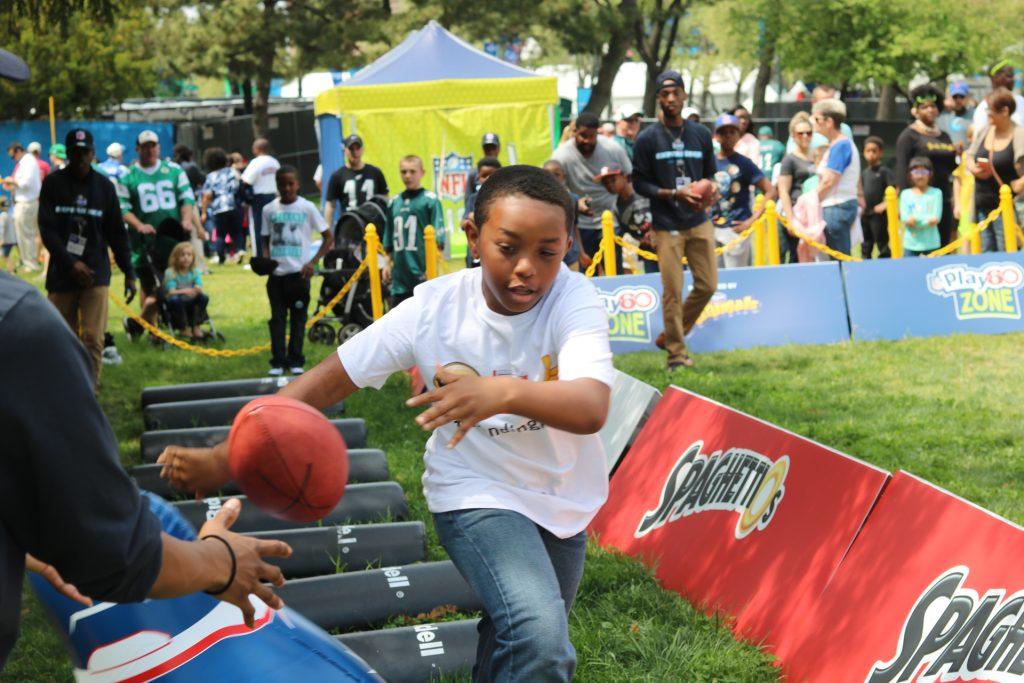

Myers • Sep 29, 2023 at 7:47 pm
A very good article, subject is being explained and discussed properly and gives us a perspective on the matter very well written by the author Dahslee Hernandez.